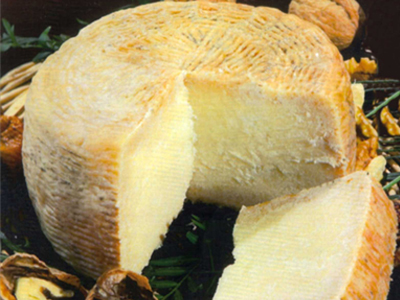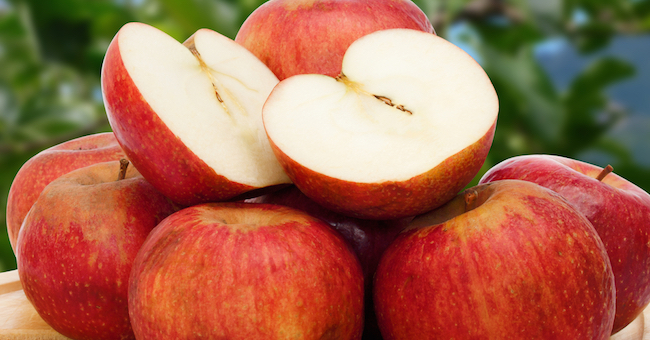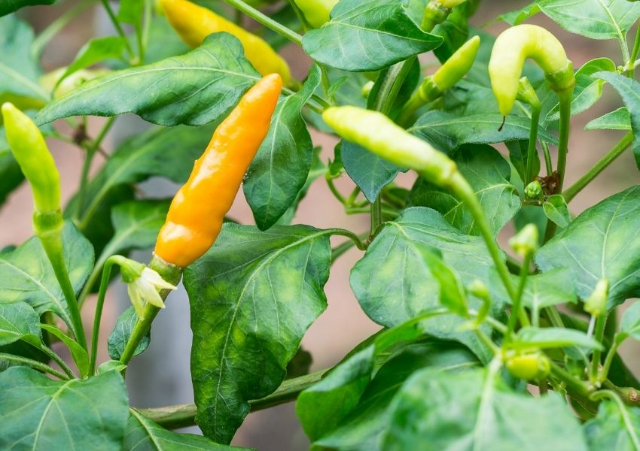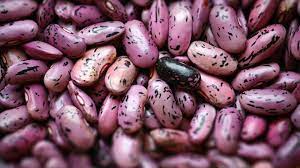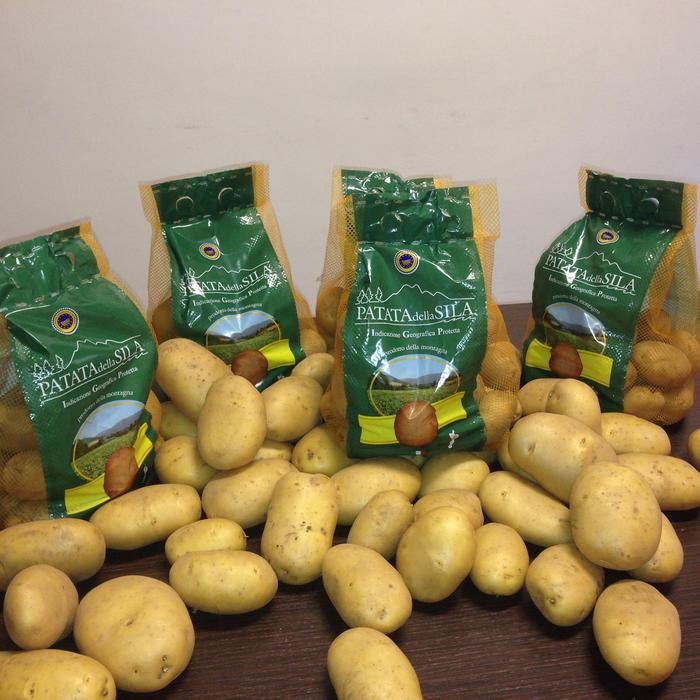A soft sheep’s milk cheese with a compact structure and very few holes. It differs from other sheep’s milk cheeses due to its larger size, in particular the diameter of the wheels, which can reach 35-40 cm, with a heel height of 12-15 cm, and the use of the so-called "acquazizza", a kind of liquid rennet produced by hand. With the advancement of maturation and with the use of different methods, the flavor changes from sweet with white and soft paste to a more elastic paste with a slightly straw-colored color and sweet but more pronounced flavor, until it acquires a compact consistency and fractured flakes of a more pronounced straw-colored color, with a strong flavor and tendentially spicy. To the eye it has a strong straw-yellow color, shiny due to the application of extra virgin olive oil on the rind, with evident marks of the fascere, up to the brown color of the most seasoned forms.
The milk used for production comes from the double milking (evening and morning) of the sheep bred in the production area. They are fed with mountain pasture and supplemented with local cereals and fodder. The whole milk is coagulated at a temperature of 35° with the addition of rennet or acquazizza, liquid rennet self-produced with a method that involves the use of whole lamb or kid rennet, coming from unweaned animals, tied at both ends. These are immersed in water with added salt (2Kg per 10 liters of water), previously boiled for a long time to completely dissolve the salt and then brought to 35/36 ° C, in a wide-necked demijohn of 10 liters; to ensure the immersion of the rennet (or curds, if small) are applied to the neck of the demijohn baskets. The demijohns, closed, are kept at least 40-50 days in the cellar, in the dark and cool. For the production of cheeses such as caciocavallo, provolone, scamorze and pecorino is used the water which at the end of the process is clear, yellowish, or the solid rennet soaked in warm water and reduced to a paste, or even the inside of the rennet. If water is used, the product will be more delicate and harmonious, less piquant during aging; if solid rennet is used, aging will induce a stronger flavor and a greater presence of piquant notes; using unused solid rennet, the product will have maximum flavor and piquancy for the same length of aging.
The breaking of the curd takes place after about 30 minutes, and is done manually or with wooden or stainless steel curd-breakers until lumps ranging in size from a hazelnut to a grain of corn are obtained. The curd stays under serum for about 10 minutes and then it is extracted manually and put in plastic or wicker "canestrate" baskets.
The salting is done by dry salting with medium salt by rubbing on the surface after about two hours from forming. After 7 days it is removed from the moulds and put to dry on beech wood planks or trellises where periodically and if necessary, during the seasoning, it is greased with olive oil.
The processing phases are as follows
– Milking of raw milk and heating to 35°C;
– Addition of liquid or aqua rennet;
– Curd breaking;
– Curd maturation under mother whey;
– Whey extraction;
– Curd separation and pressing in baskets;
– Salting of surfaces with medium-grained food-grade salt;
– Drying on wooden shelves or trellises; – Maturing in traditional fresh rooms, called caselle.
To be consumed alone or combined with red wines of medium alcohol content.
